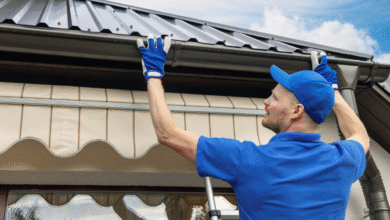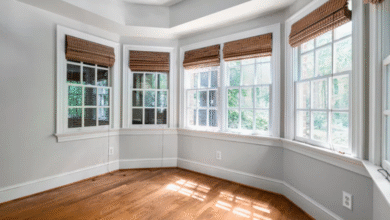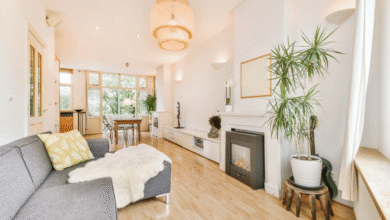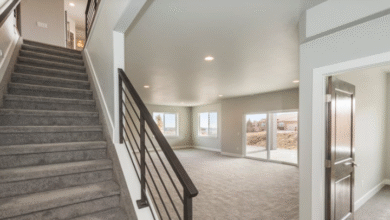How Home Builders Incorporate Smart Technology into Modern Homes
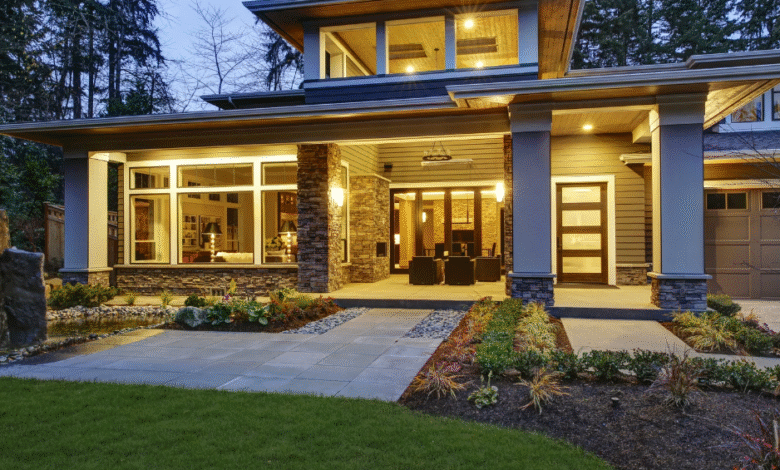
Smart homes are no longer a futuristic concept, they’re quickly becoming standard in today’s housing market. From intelligent lighting systems to integrated climate control, smart technology is transforming how homes function and how homeowners interact with their spaces. As buyers increasingly prioritize convenience, security, and energy efficiency, home builders must adapt by integrating these advancements seamlessly into the construction process.
Those exploring new home construction in Ooltewah, TN, are finding that smart home compatibility is now considered a baseline expectation, not a premium upgrade.
Building with Technology in Mind
Modern home building isn’t just about square footage or floor plans, it’s about infrastructure that supports evolving digital lifestyles. Builders now pre-wire homes for high-speed internet, install structured wiring panels, and design layouts that support device connectivity from room to room.
To ensure full integration, planning starts early. Electrical systems are designed with smart switches, dimmers, and outlets that work with voice assistants and smartphone apps. Thermostats, security systems, and garage doors are also selected based on how easily they communicate with one another through centralized hubs or cloud-based platforms.
This foundational planning is often guided by a focus on custom home features, where energy management, entertainment systems, and automated lighting are not just added later but built into the structure from the ground up.
See also: How to Find the Right Adult In-Home Care Near Me Cincinnati
Prioritizing Efficiency and User Control
The benefits of smart technology extend well beyond novelty. Today’s buyers expect energy-efficient solutions that reduce costs and environmental impact. Smart HVAC systems, solar-ready connections, and programmable window shades are examples of how builders address these expectations without sacrificing comfort or design.
Smart homes also empower users with real-time control over their environment. Whether adjusting room temperature remotely or monitoring security feeds on their phones, homeowners want intuitive systems that make life easier and safer.
Implementing these systems effectively requires a builder who understands not only the technology but also how it fits into the overall design. That’s why selecting the best home builder often comes down to their ability to anticipate tech integration needs and partner with trusted system installers throughout the build.
Future-Proofing New Builds
Technology is evolving rapidly, and today’s solutions may be outdated within a few years. Quality builders take this into account by designing homes that are flexible and scalable. This includes installing conduit for future wiring needs, using universal connection ports, and creating equipment closets that allow homeowners to upgrade their systems without major structural changes.
Builders also account for future automation trends, whether that’s electric vehicle charging stations, smart appliances, or AI-driven home assistants, ensuring the home stays compatible with upcoming innovations.
The goal is to provide homeowners with a living space that adapts as their needs and the technology around them change. This foresight is becoming a non-negotiable trait among buyers investing in long-term homeownership.
Conclusion
Smart home technology has become an essential component of modern residential construction. Builders who understand how to integrate these systems into every phase of the process, without sacrificing aesthetics or usability, deliver homes that are not only functional today but built for tomorrow. As technology and lifestyle expectations continue to evolve, smart integration remains a key benchmark of a forward-thinking, quality home build.

